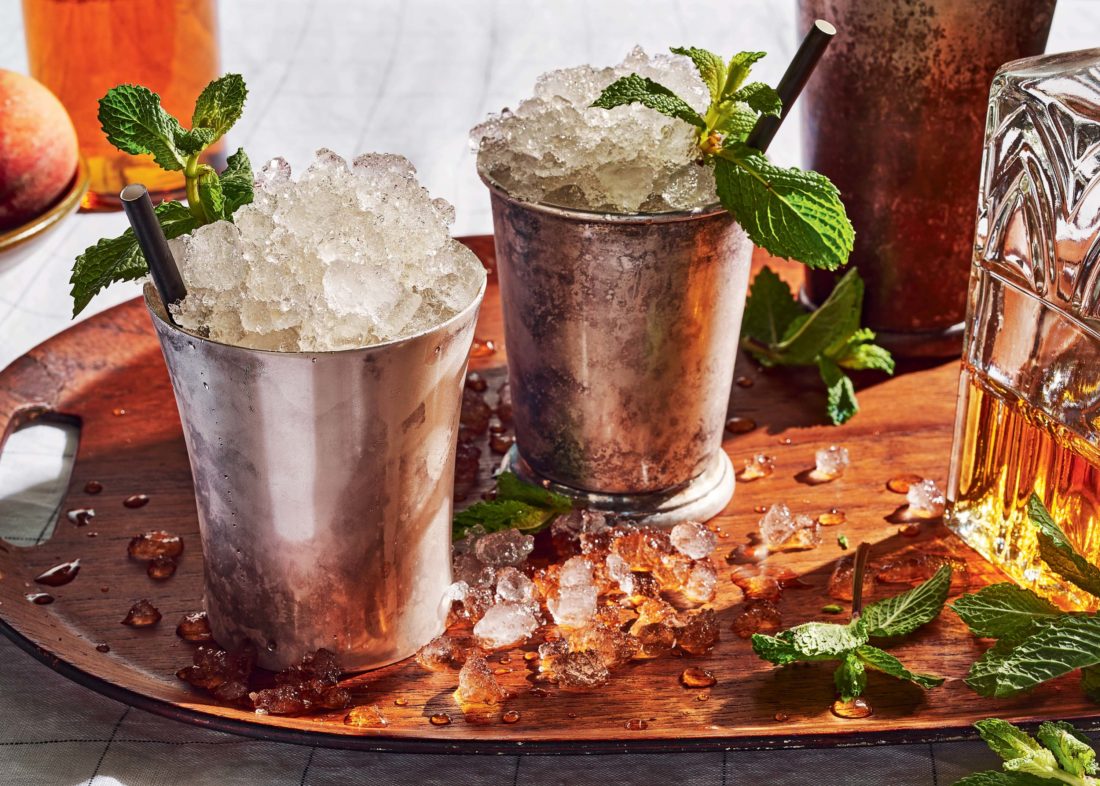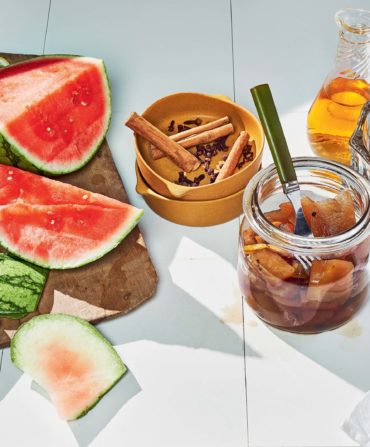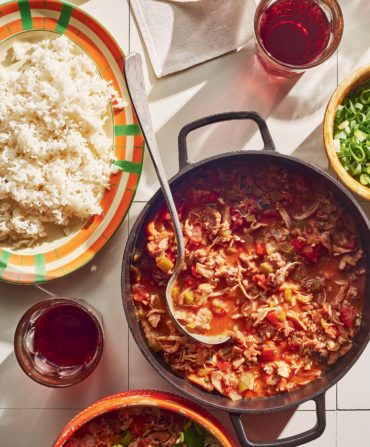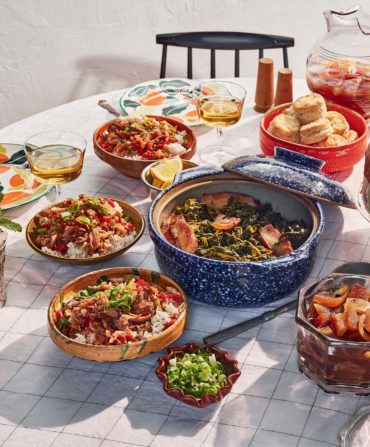Are you sitting down? I’m afraid I have bad news. Your mint julep may be a fraud.
If you’ve ever argued over what goes into the original julep—rye or bourbon—those are hours you can’t have back. Because the original julep was almost certainly made not with whiskey, but with brandy.
Perhaps you should lie down and apply a cold compress. Because I now feel compelled to add that many early juleps most likely involved peach brandy.
It’s hard to comprehend today, but peach brandy was once among the most sought-after of domestic tipples. It was common throughout the South in the eighteenth and nineteenth centuries because peaches were common. Vast orchards planted far and wide produced abundant fruit both for eating and cooking (as well as to feed the hogs). Problem was, summer peaches were difficult to get to market before they spoiled.
Distilling provided a way to preserve that warm summer flavor. The apex of the peach brandy era happened to correspond with the peak of the julep craze, which is to say around the mid-1800s. A common variation, called the Georgia julep, typically called for half peach brandy and half grape brandy. Mint was considered optional (maybe another cold compress?), but its absence was often lamented. A well-known 1869 bartending manual noted that a julep without mint “is like the play of Hamlet, with the prince left out.”
Peach brandy essentially went extinct with advances in canning and the rise of refrigerated trains and trucks that allowed peaches to be shipped to distant markets, diminishing the incentive to decant bushels into bottles. When a yearning for a peach drink arose, chemists stepped into the breach, producing peach-like flavors. (Think: Snapple.)
A few intrepid modern distillers—including High Wire Distilling in Charleston, South Carolina, and Catoctin Creek in Purcellville, Virginia—have produced limited bottlings of colonial-style peach brandy, which is not the same as the peach-flavored brandy commonly occupying liquor store shelves. These days true peach brandy is as rare as an August snowstorm. While awaiting the flakes, though, you can concoct a rough approximation. I recommend mixing one part imported peach liqueur (Mathilde is good), one part vodka, and three parts apple brandy (such as that from Copper & Kings in Kentucky, or Laird’s Applejack, which is made in Virginia). For the final touch, add some drops of almond extract (about four or five drops per cup)—the original peach brandy was made by fermenting the fruit with its pits, which lent a marzipan note. Rebottle and recork. Your peaches will be waiting when you want them.
This article appears in the August/September 2020 issue of Garden & Gun. Start your subscription here or give a gift subscription here.








